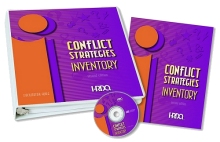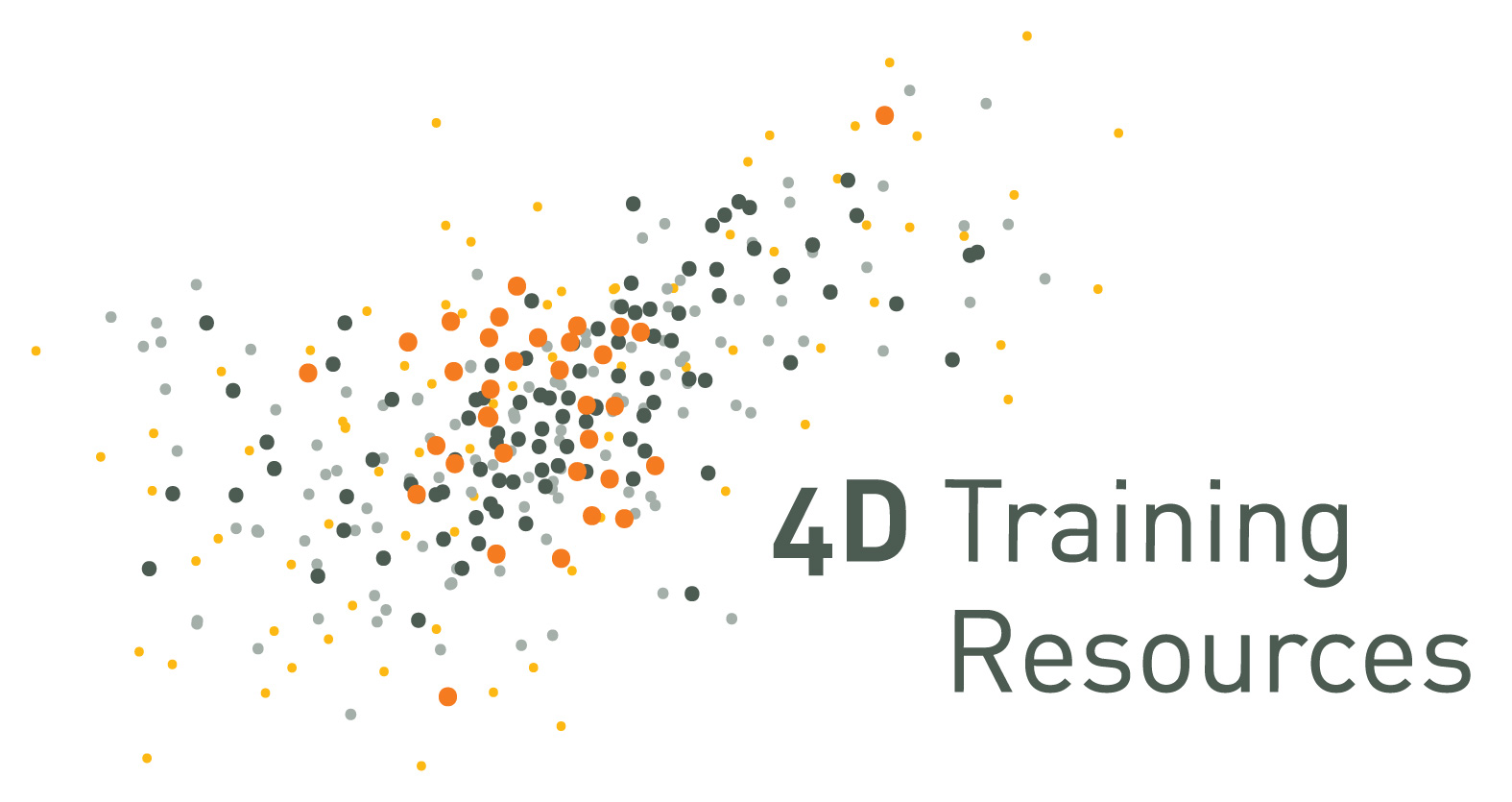Conflict Strategies

Some people thrive on conflict; others shrink away from it. But no matter how we react, it’s important that we understand our conflict-related behavior — and learn to manage it more successfully.
The Conflict Strategies Inventory Second Edition gives participants valuable new insights into the strategies they use in conflict situations. Presented with 10 short cases of typical, work-related conflict, respondents choose the actions they are most likely to take — actions that are indicative of 5 basic conflict strategies:
- Avoiding
- Smoothing
- Competing
- Compromising
- Integrating
Learning Outcomes
- Identify one’s own preferred strategies for dealing with conflict
- Understand strengths and weaknesses in dealing with conflict
- Learn how to deal with conflict effectively
Theory
The Conflict Strategies Inventory Second Edition combines the works of Robert Blake and Jane Mouton, M. Afzalur Rahim, and many other respected researchers in the area of conflict management. It is based on 5 conflict strategies that are adapted from the conflict styles originally named by Mouton and Blake.
The 5 Conflict Strategies
- Avoiding: Staying away from or withdrawing from a conflict.
- Smoothing: Giving in to the other party and ignoring one’s own goals.
- Competing: Forcing an issue to one’s own way.
- Compromising: Giving in on one need in order to get another satisfied.
- Integrating: Focusing on one mutually satisfying outcome.
These strategies can be described in terms of two stages of a conflict encounter: Stage 1: Non-Compatible Goals and Stage 2: Outcomes.
How It Works
Individuals respond to 10 conflict-oriented work situations presented in the inventory. For each situation, individuals choose 3 out of 5 strategies and rank them in order of most likely reaction to third most likely reaction, using a pressure-sensitive form. The Participant Guide provides further insight with interpretive data and questions for discussion. Ultimately, the CSI results allow individuals to view their preferred strategies and help them to consider modifying conflict strategies where appropriate.
Uses for Conflict Strategies Inventory
This instrument is designed for people who have had or currently have problems dealing with conflict in the workplace. The CSI is particularly useful in management development and team-building activities prior to the introduction of specific conflict management skills.
Other uses for the Conflict Strategies Inventory:
- Develop new approaches or solutions
- Bring long-standing problems out into the open
- Clarify thoughts and feelings
- Stimulate interest and creativity
- Stretch personal capabilities
What to Order
Order 1 Facilitator Guide per facilitator and 1 Participant Guide per participant.
- Administrative guidelines
- Theoretical background
- Optional 2-hour workshop with step-by-step instructions
- Normative and validity data
- Experiential learning methodology
- Description of the 5 Conflict Strategies
- Pros and cons of each strategy
- Suggestions for complementary training materials
- Alternative training design
- Blank training outline
- 4 supplemental activities
- CD-ROM containing Microsoft® PowerPoint® presentation and reproducible masters including a Certificate of Achievement, Training Evaluation, overhead transparency masters, worksheets, and role cards
- Sample copy of Participant Guide
- Convenient binder format
Participant Guide includes:
- 10-item inventory
- Pressure-sensitive response form
- Description of the 5 Conflict Strategies
- Interpretive guide with recommended uses for each of the 5 strategies
- Descriptions of the behavioral cues that signal each approach
- Discussion questions/action planning
This program comes ready-to-deliver and includes a Facilitator's Guide, Participant Guide and PowerPoint presentation or register for an in-house session.

